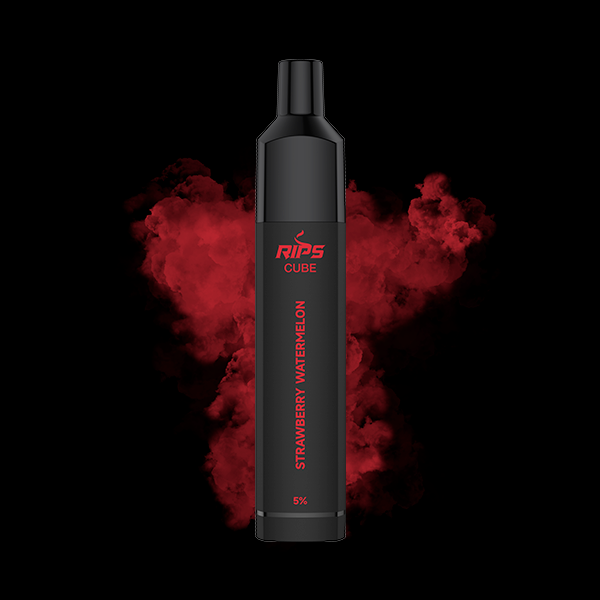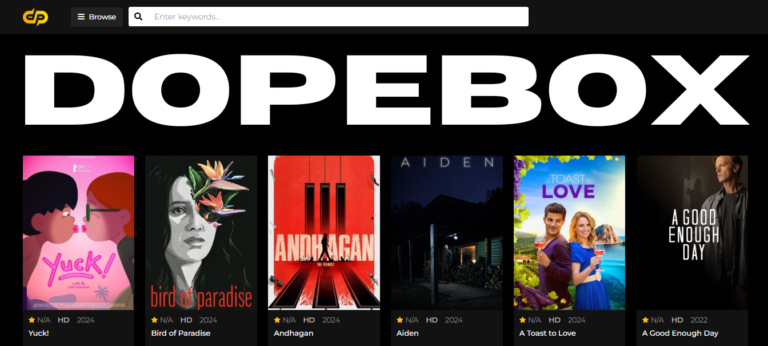
sassy little brat nyt
In a world filled with social media influencers, viral trends, and constant cultural shifts, the phrase Sassy Little Brat NYT has made its mark. From being a mere phrase to becoming a cultural icon, it’s worth examining why this term has stirred up so much buzz. The term “Sassy Little Brat” has come to represent a certain type of defiance, confidence, and attitude that captures the essence of today’s rapidly evolving culture.
But what exactly is this Sassy Little Brat NYT phenomenon? How did it emerge, and why is it still relevant today? Let’s dive into the details of this phenomenon and explore its impact on society, language, and identity.
What is the Sassy Little Brat NYT?
At first glance, the term might sound like a playful insult, but in today’s cultural landscape, it has become something more complex. “Sassy” refers to a bold, confident attitude, often with a hint of rebellion. “Little” suggests youth or a more innocent appearance, while “brat” connotes a mischievous or stubborn individual. Put together, these words create an image of someone who defies expectations and refuses to conform.
The “NYT” in the term likely refers to The New York Times, one of the most influential publications in the world. In this case, it may serve as shorthand for the kind of cultural influence and public scrutiny often associated with the media, particularly in the context of personality-driven narratives. Over time, this phrase has become a descriptor for a particular kind of personality – one that challenges societal norms, asserts themselves unapologetically, and often leaves a trail of controversy behind them.
The Role of Media in Shaping the Sassy Little Brat NYT Phenomenon
In today’s media landscape, personalities and trends are amplified by the media. While The New York Times (NYT) may not have coined the term, the newspaper and other media outlets have played a significant role in shaping public understanding of these “sassy” figures. Through articles, features, and op-eds, the media both praises and critiques these types of personalities, giving them visibility and making them part of the cultural conversation.
Media has a unique power to turn individuals into icons or villains. For example, someone who expresses bold opinions or breaks societal rules might be labeled as a “sassy little brat” in popular discourse. The public’s perception is then shaped by the framing provided by media outlets, and soon, this phrase becomes synonymous with a broader cultural movement toward embracing more defiant personalities.
Cultural Significance: Why We Can’t Stop Talking About It
Why do we find the idea of a Sassy Little Brat NYT so fascinating? The truth is that our society has always been drawn to individuals who stand out, challenge authority, or break free from the norms. From rebellious artists to revolutionary leaders, defiance has often been celebrated in history. In the modern world, however, the “sassy little brat” seems to fit right in with our obsession with individuality and self-expression.
This phrase has become more than just a label – it’s a representation of a cultural shift. It symbolizes a growing acceptance of strong-willed individuals who refuse to be silenced. People are less likely to suppress their opinions and more likely to show their true colors, no matter how brash or controversial they might seem.
How Social Media Amplifies the “Sassy Little Brat” Image
In today’s digital age, social media platforms have become the perfect breeding ground for the “Sassy Little Brat” persona. Viral content, memes, and hashtags can catapult a personality into the spotlight within seconds. Platforms like Twitter, Instagram, and TikTok allow individuals to share their unfiltered thoughts, and it’s this rawness that resonates with audiences.
The more outspoken someone is, the more likely they are to receive attention, and with attention comes influence. Influencers who embrace their “sassy” nature often gain massive followings, empowering others to do the same. The result is a cycle of amplification where sassiness and defiance are not just accepted but celebrated.
The Sassy Little Brat as a Feminist Icon
One of the most significant implications of the “Sassy Little Brat” phenomenon is its potential connection to feminism. For many women, being labeled as “sassy” is a way of reclaiming power and agency in a world that often tries to silence their voices. Rather than being a derogatory term, “sassy” can be seen as a badge of honor – a way of expressing independence, confidence, and unapologetic self-expression.
Historically, women who have spoken out or challenged the status quo were often labeled as difficult, unruly, or even “brats.” Today, many women embrace this label as a form of empowerment. By rejecting traditional expectations of behavior and embracing their “sassiness,” they are able to redefine what it means to be strong, bold, and independent.
From Fictional Characters to Real-Life Examples
The “Sassy Little Brat” archetype isn’t limited to real-world individuals. It has appeared in countless fictional characters who embody this defiant attitude. Think of characters like Hermione Granger from Harry Potter, Regina George from Mean Girls, or even Elsa from Frozen. These characters represent various degrees of sassiness, but they all share a common trait: they refuse to conform.
In real life, celebrities like Billie Eilish, Cardi B, and Ariana Grande have embraced this bold, confident image, using it as part of their public persona. Whether through their music, fashion, or social media presence, these stars embody the “Sassy Little Brat” archetype in a way that resonates with millions of fans worldwide.
The Impact on Language and Everyday Conversations
The term “sassy” has become a part of our everyday lexicon. People now casually refer to someone as a “sassy little brat” in a variety of contexts, from playful teasing among friends to more serious discussions about defiance and confidence. The widespread use of this term shows just how ingrained the phenomenon has become in our collective consciousness.
In pop culture, characters and celebrities who exude sassiness have contributed to the normalization of the term. It’s no longer a term reserved for childhood misbehavior; instead, it’s used to describe individuals who embrace their boldness and individuality.
Criticism of the “Sassy Little Brat” Stereotype
While the term can be empowering for some, it’s not without its critics. The “Sassy Little Brat” label can sometimes be used to undermine or dismiss valid concerns, especially when applied to women. Rather than taking someone’s opinions seriously, they might be labeled as “difficult” or “whiny.” This type of stereotyping can be harmful and limit the potential of individuals who challenge authority or express themselves assertively.
The Positive Side of Being a Sassy Little Brat NYT
At its best, the Sassy Little Brat NYT persona represents confidence, assertiveness, and resilience. It’s about owning your space in the world, expressing yourself freely, and not apologizing for who you are. This attitude can be incredibly empowering, especially for those who have traditionally been marginalized or silenced.
The Role of Parenting in Shaping Sassy Personalities
Parents play a crucial role in developing their child’s sense of self. In many modern households, parenting styles encourage children to be bold, assertive, and outspoken. This has led to a generation of young people who embrace their “sassy” side, knowing that confidence and self-expression are valued traits.
The Sassy Little Brat in Pop Culture: Examples and Case Studies
From movies to television shows and beyond, pop culture is filled with examples of the “Sassy Little Brat” persona. Whether it’s the rebellious teen in a high school drama or the confident celebrity on social media, these characters and figures have helped popularize the concept of sassiness as a desirable trait.
The Psychology Behind the Sassy Attitude
Why do some people gravitate toward this “bratty” attitude? Psychologically, it may stem from a desire for control, a response to insecurity, or simply a means of standing out in a crowded world. People who embrace their sassiness often feel empowered to challenge norms, break expectations, and take charge of their narrative.
The Future of the Sassy Little Brat Phenomenon
As society continues to evolve, the “Sassy Little Brat” phenomenon is likely to grow in influence. With younger generations embracing more diverse forms of expression and defiance, this trend shows no signs of slowing down.
Conclusion
The Sassy Little Brat NYT phenomenon is more than just a passing trend – it’s a cultural shift toward embracing confidence, defiance, and individuality. While the term may have originated as a playful insult, it has evolved into a symbol of empowerment, particularly for women. As we continue to navigate an increasingly complex social landscape, the Sassy Little Brat will remain a fixture in our conversations, media, and self-expressions.
FAQs
- What does Sassy Little Brat NYT mean?
It refers to individuals who display bold, rebellious, and confident traits, often gaining attention in the media and social platforms. - Is being a “Sassy Little Brat” a negative thing?
It can be perceived negatively depending on context, but many embrace it as a symbol of confidence and independence. - Who are some examples of “Sassy Little Brats” in pop culture?
Characters like Regina George from Mean Girls and real-life celebrities like Billie Eilish and Cardi B embody this persona. - Can being a “Sassy Little Brat” be empowering?
Yes, for many, it’s a way of reclaiming confidence and individuality, especially in the face of societal expectations. - How has social media influenced the “Sassy Little Brat” trend?
Social media amplifies bold personalities, allowing them to gain widespread visibility and influence, turning sassiness into a celebrated trait.







